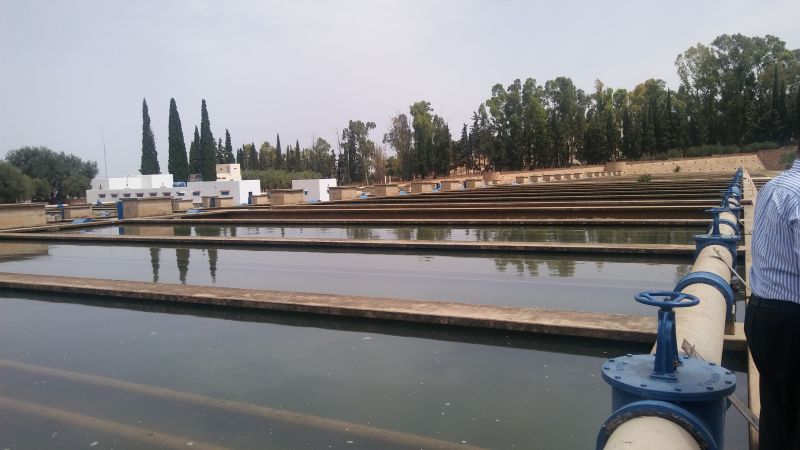An inspiring story of Operation and Maintenance in Water Treatment Plants in Africa.
Published on by George kiambuthi, Phd sustainability transitions and innovations management, Msc Water Policy, Bsc Water Engineer in Maintenance
Operation and maintenance is key to sustainable water plants investments. This article describes a treatment plant that is fully operational to its capacity since 1952. How many similar to this can you count in Africa?
A treatment plant stands with authority since its construction in 1952 at Bouhlou, Algeria. A slow sand/granite filtration plant serving Mefrouch, Zhuoia, Tlemcen, Maghnia and Oran comprising of 24 pre-filters and 24 main filters.

A master piece of hydarulic principles, diligent future forecasting, planning and outstanding operation and maintenance. Delivering a production capacity of 80,000CM treated water daily from Beni Bahdel Dam, the water is then transported through 1.1m diameter concrete conduits over a 174 km distance by gravity built in 1952.
The plant satisfies all WHO and country water treatment guidelines and rarely experiences down time. The whole process starts at inlet, prefiltration, filtration and eventually distribution with periodic sampling of the water at various locations for chemical, biological and physical analysis.
The sand filters are packed with siliceous sand ( D60/D10 ratio: 3/5 and 5/8) and granite at a depth of 17cm where the water is passed through via gravity to receiving laterals and into the next filters and eventually to the distribution canal for chlorine dosing and then fed to the large distribution lines all via gravity
The 1952 compressor stands strongly as it provides compressed air during back washing. The unit only uses electricity during back washing which is done regulary for the filters and 1cm schmulzdek is removed from the filters after few months when they notice the flow rate decrease.
Taxonomy
- Drinking Water
1 Comment
-
O&M is an input; KPIs measure outputs.
1 Comment reply
-
Thanks for the correction
-